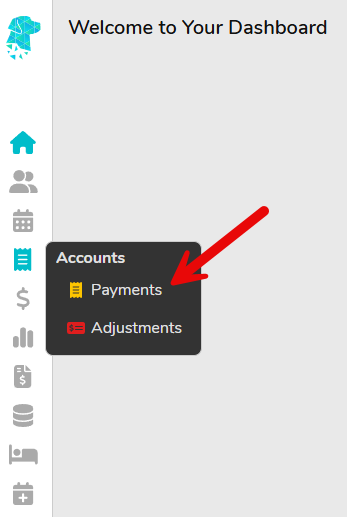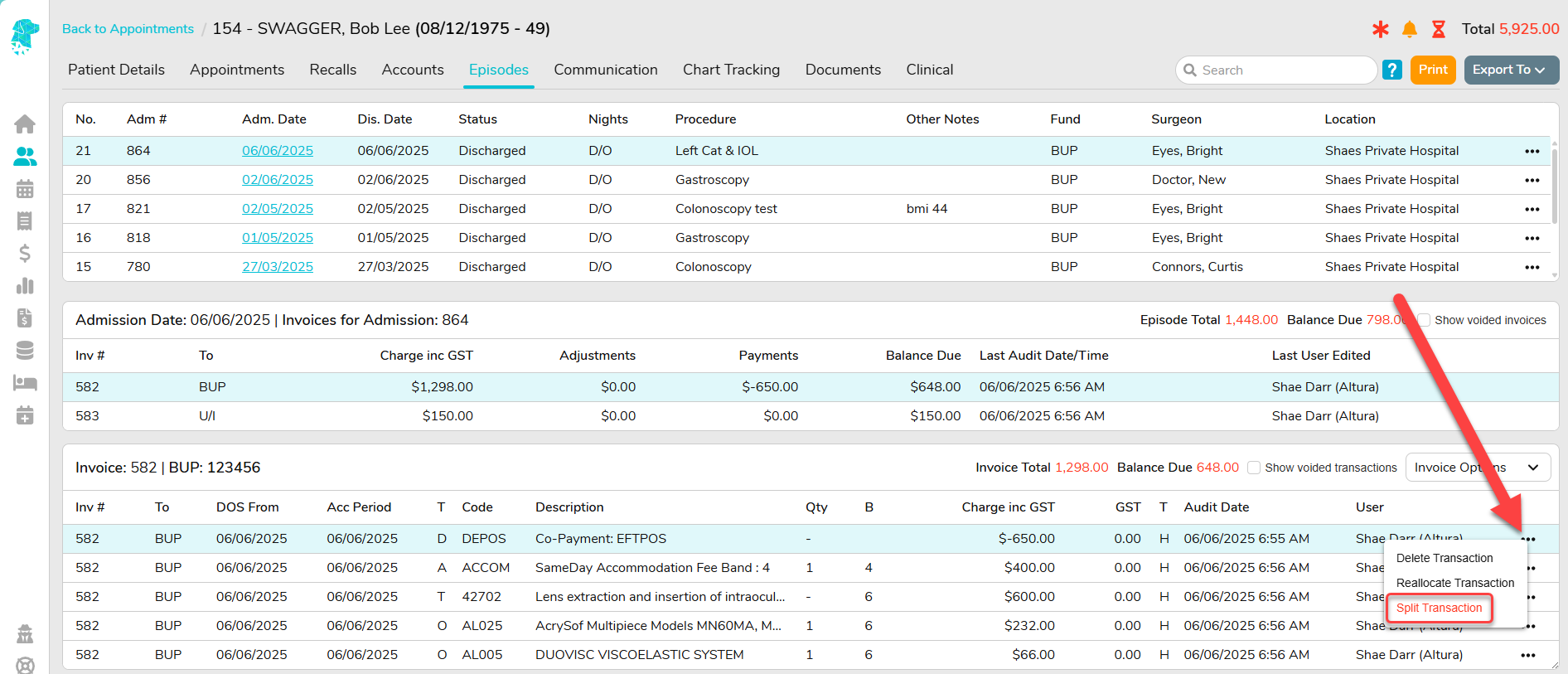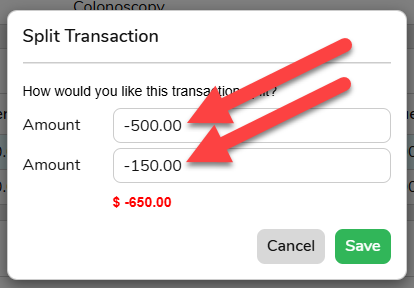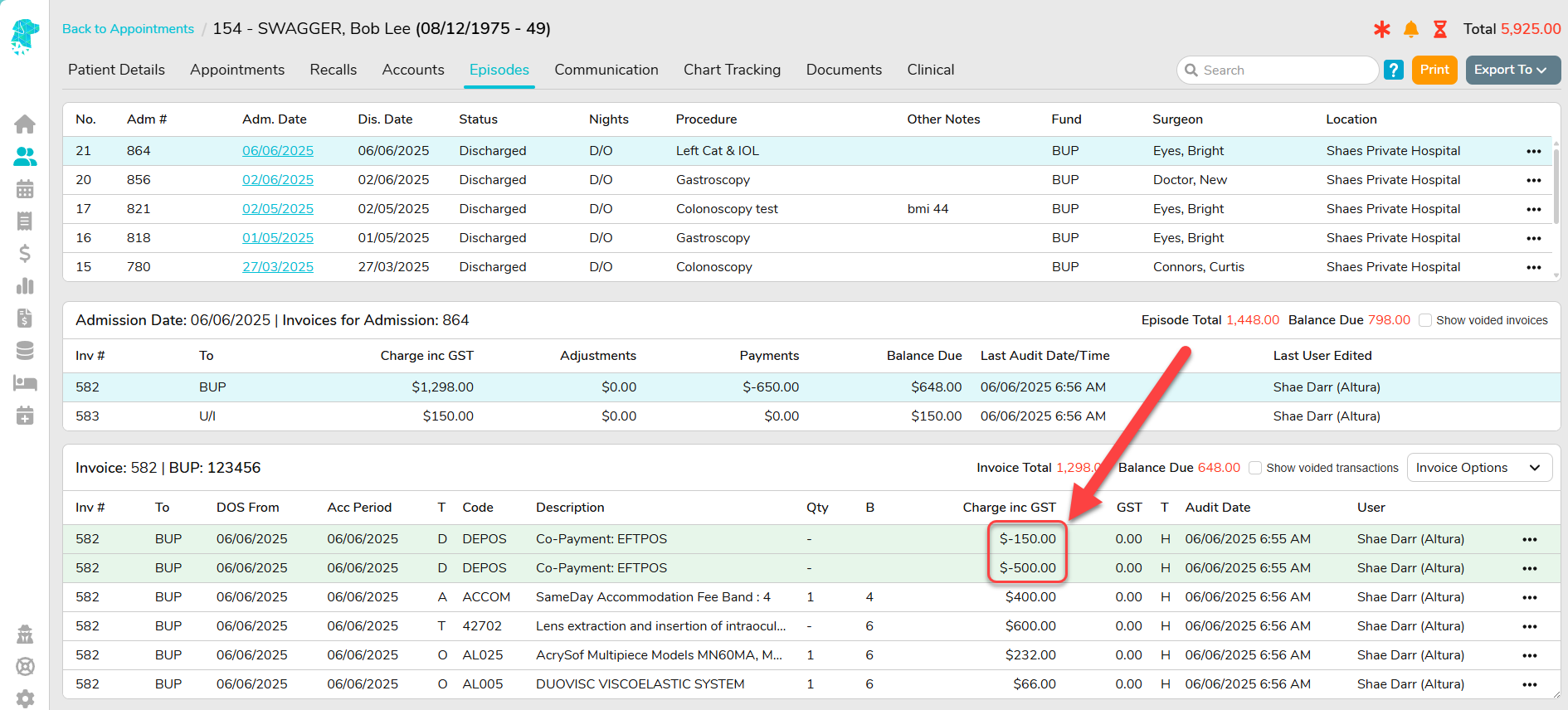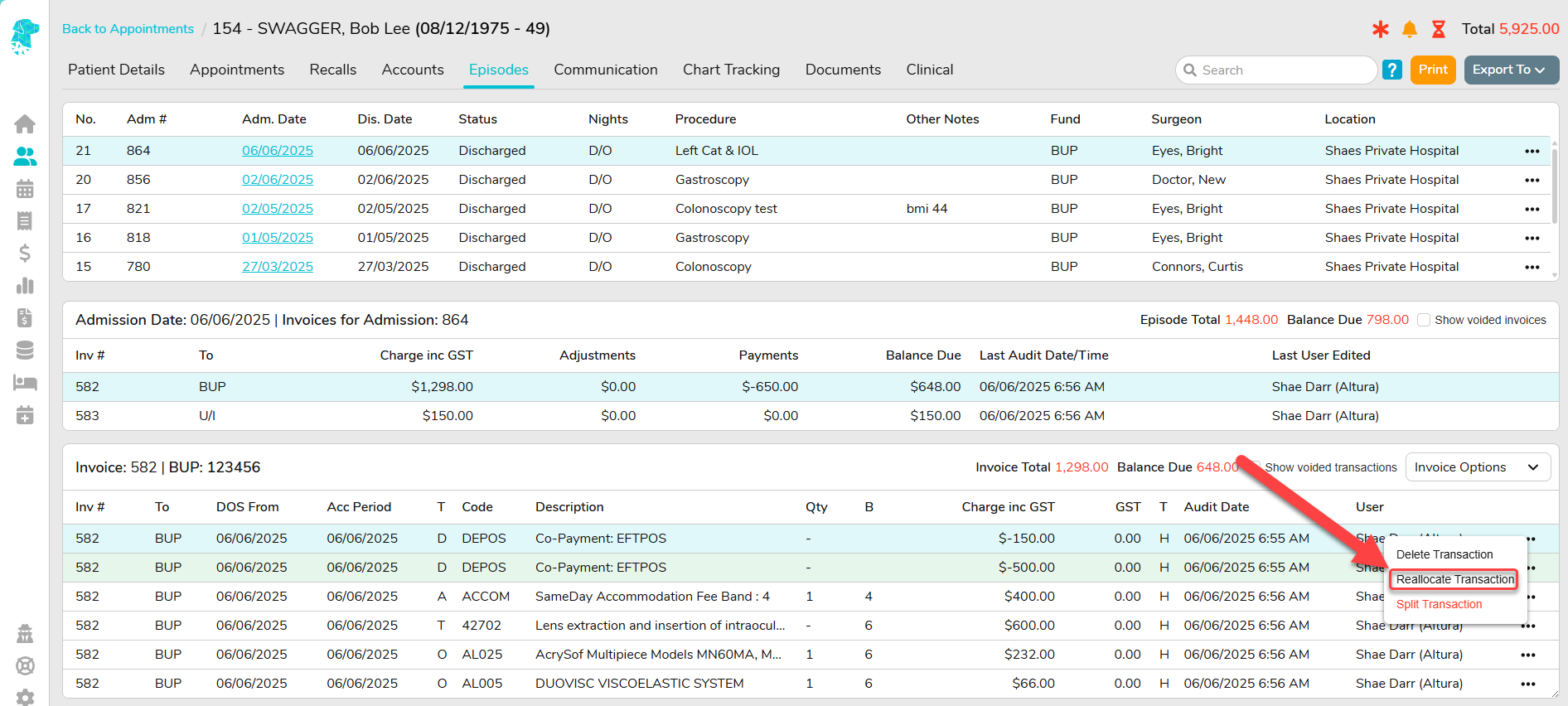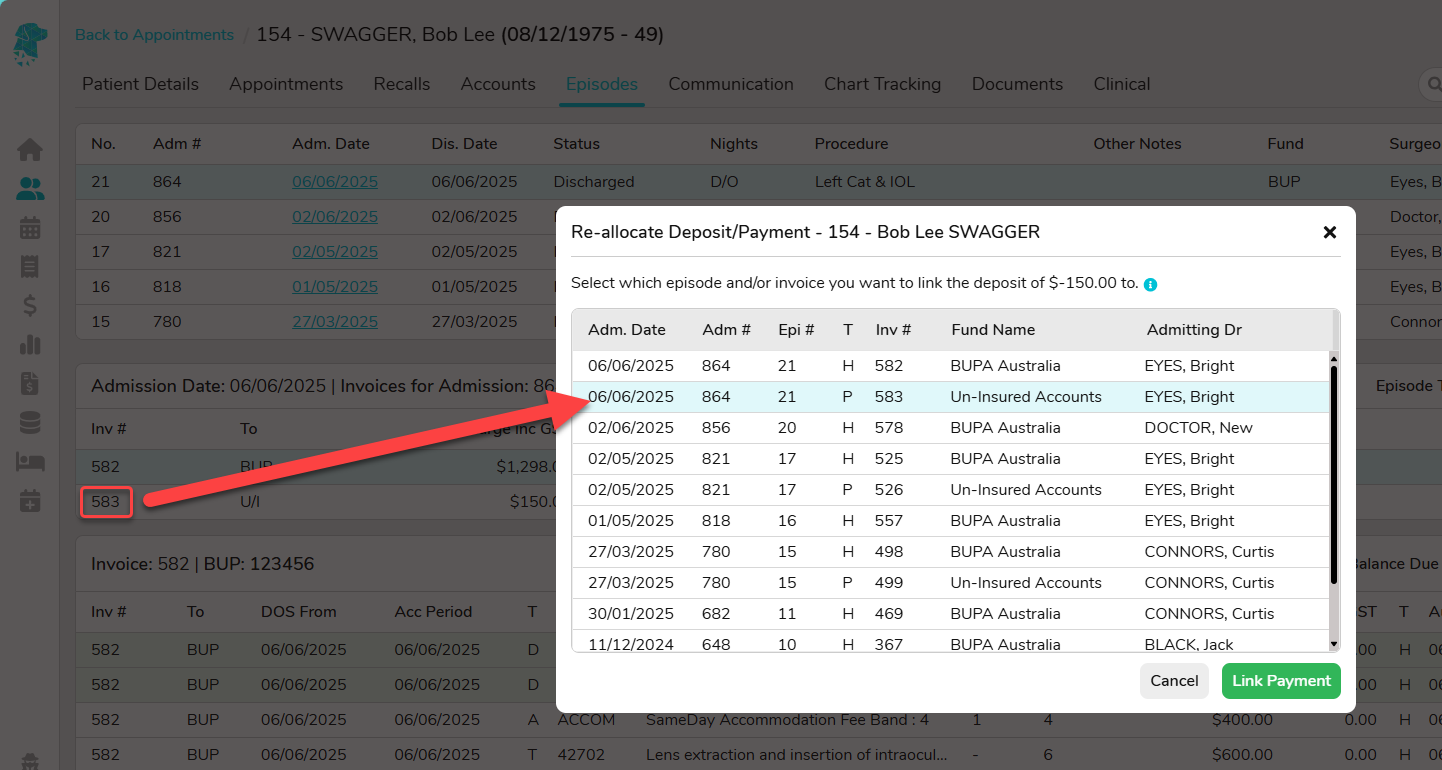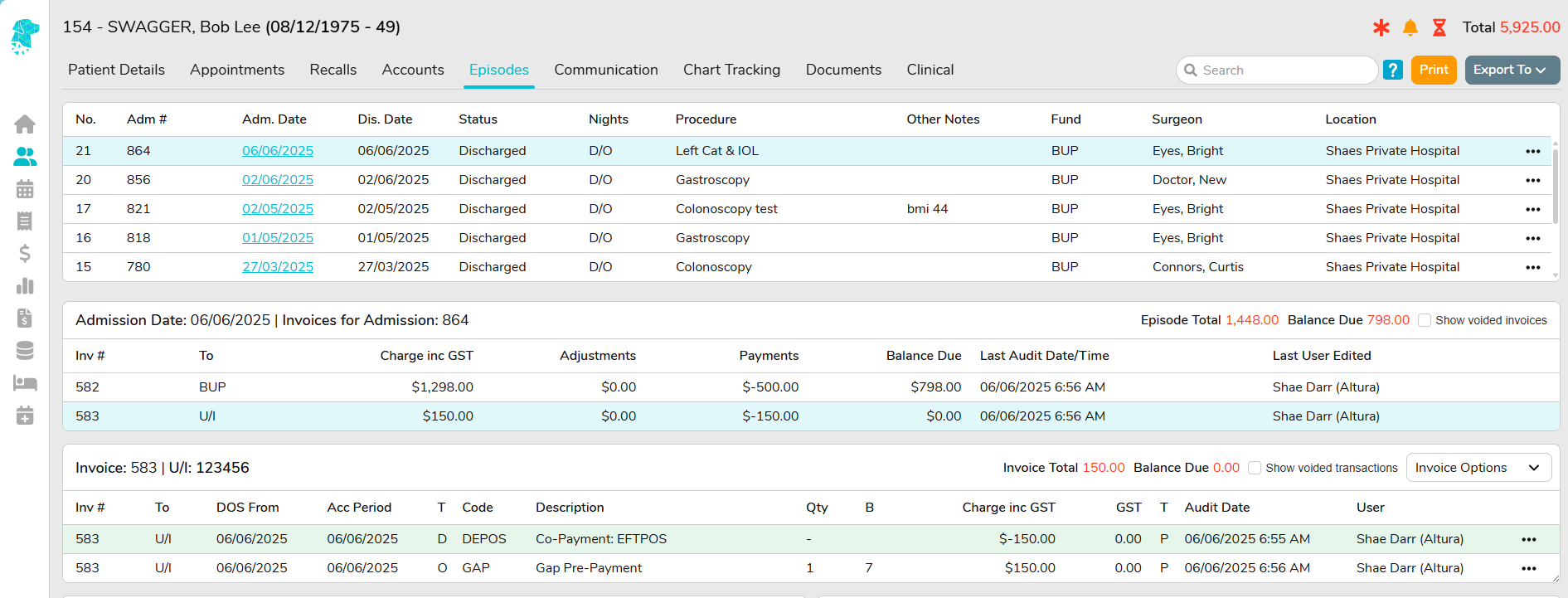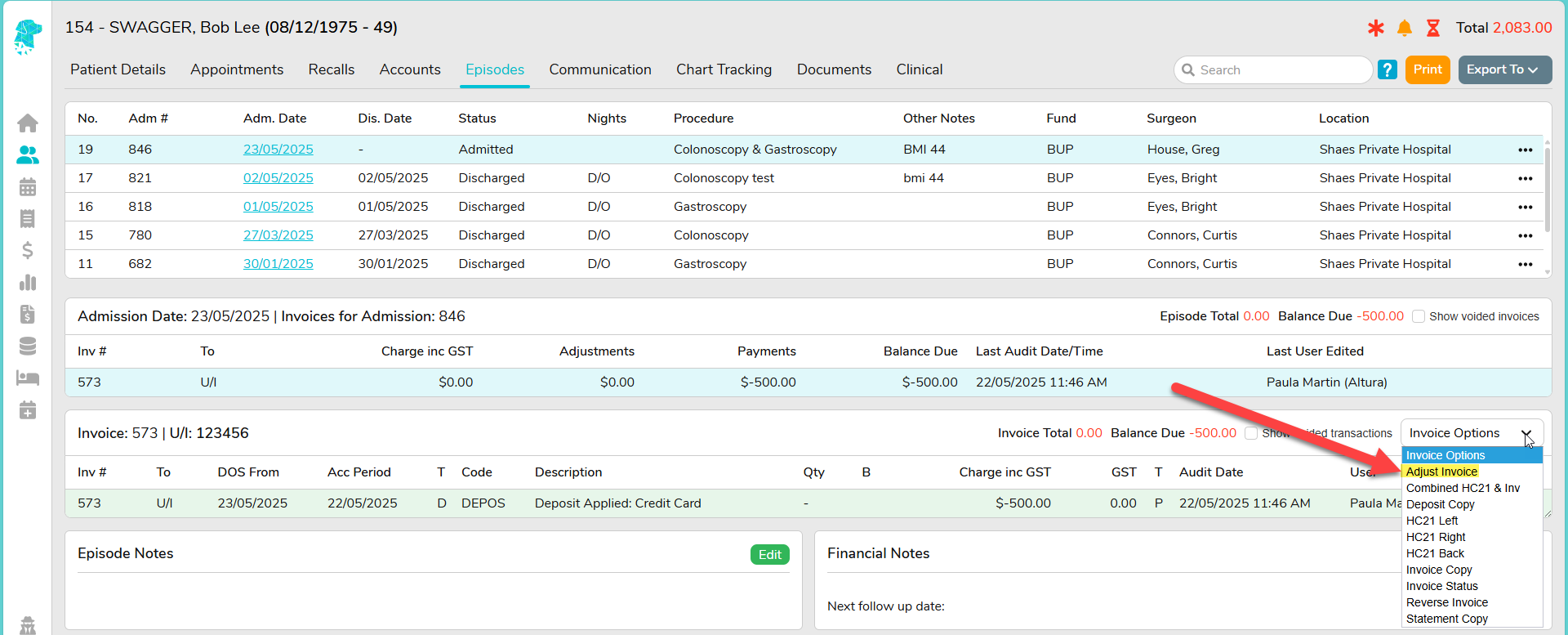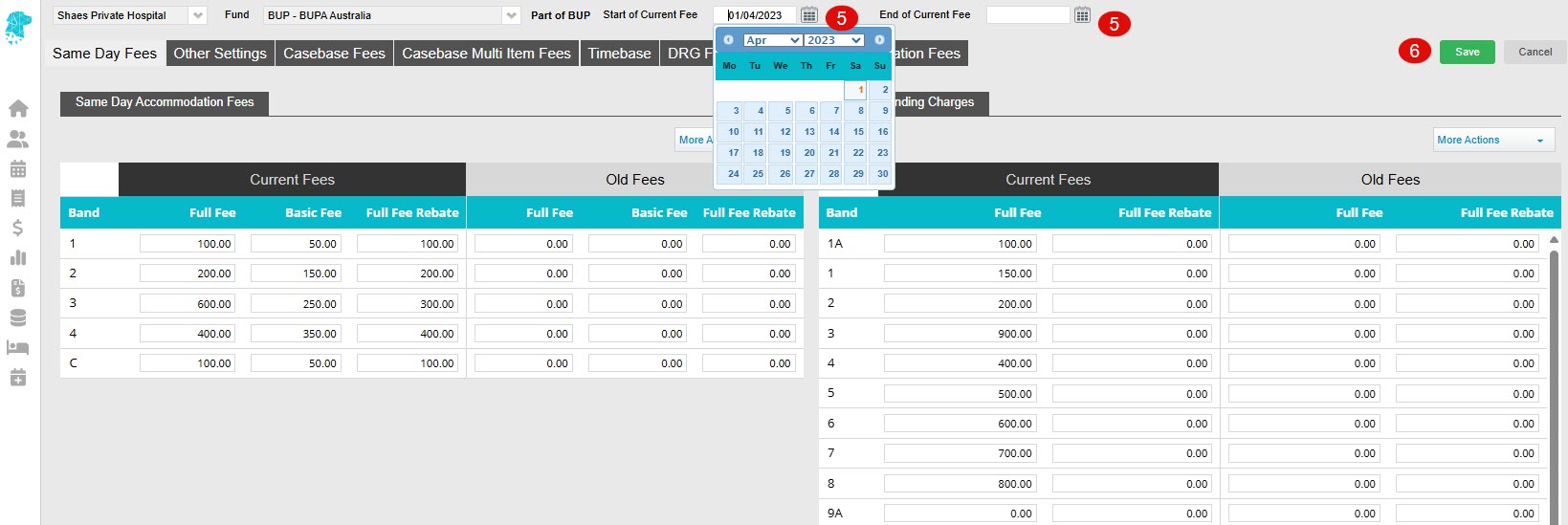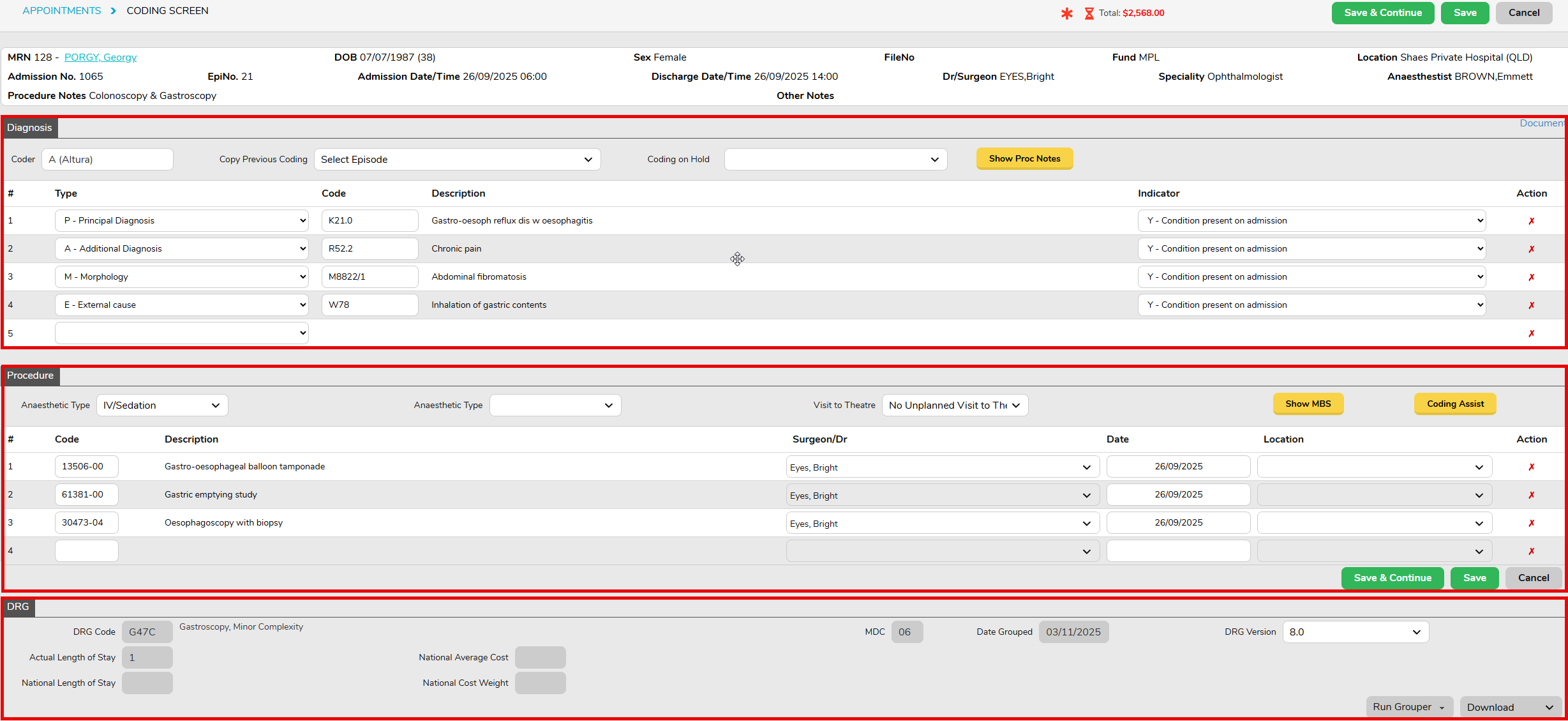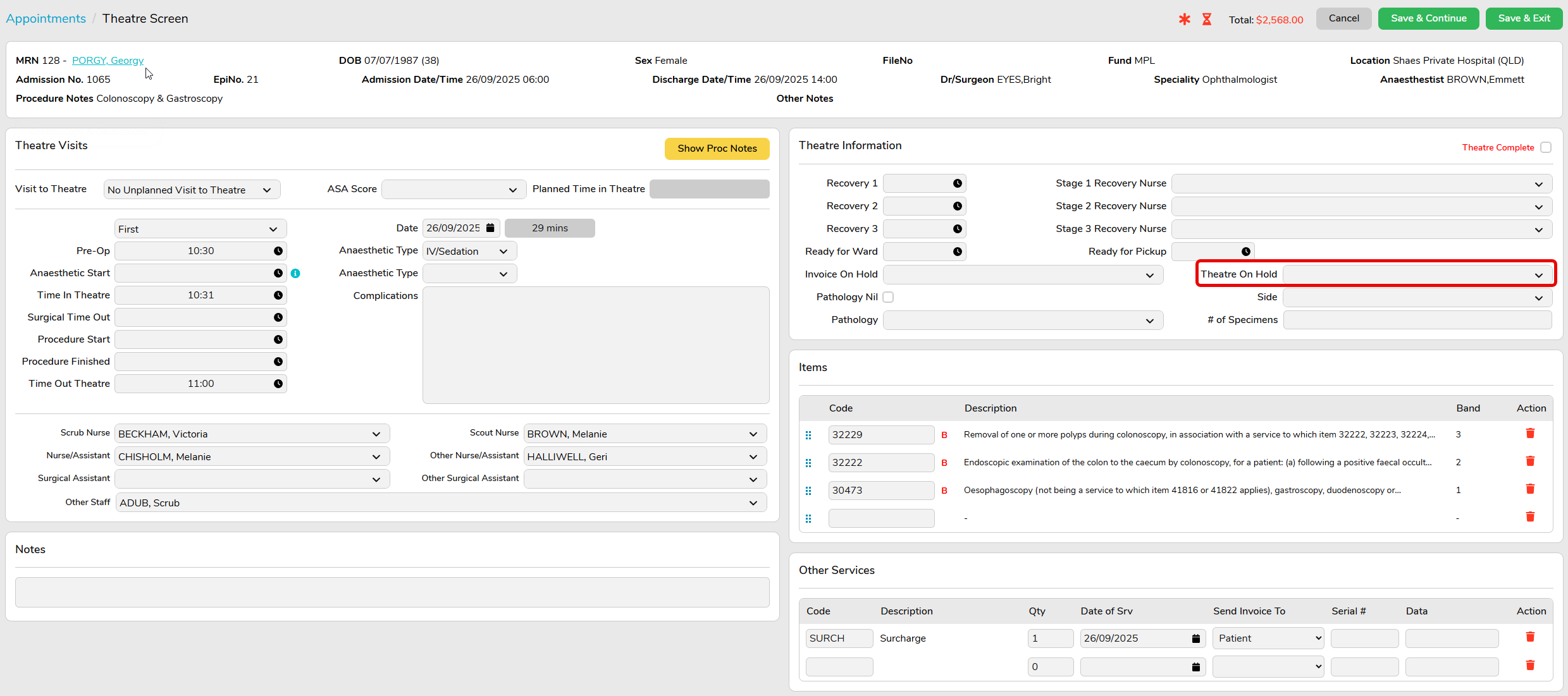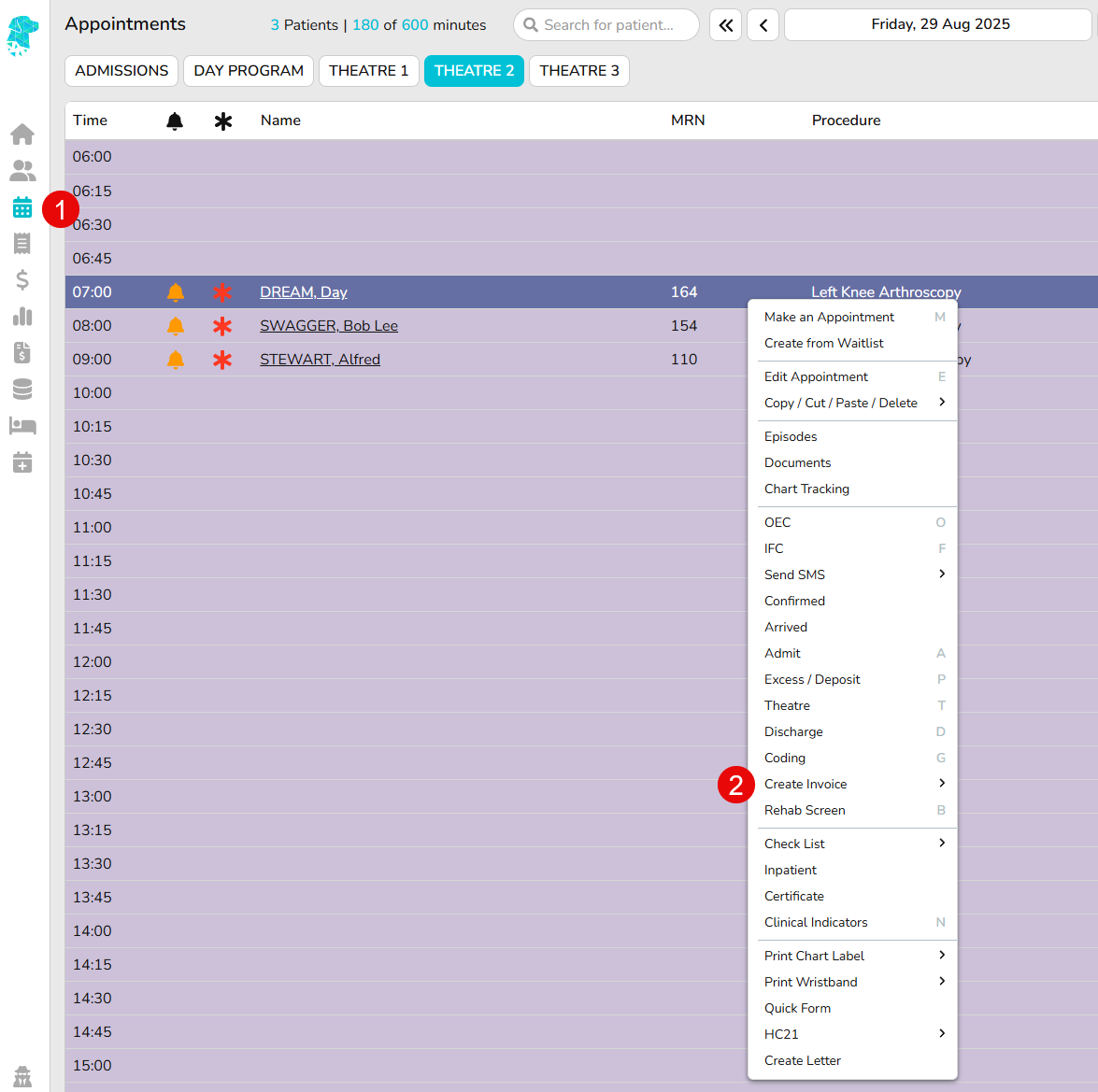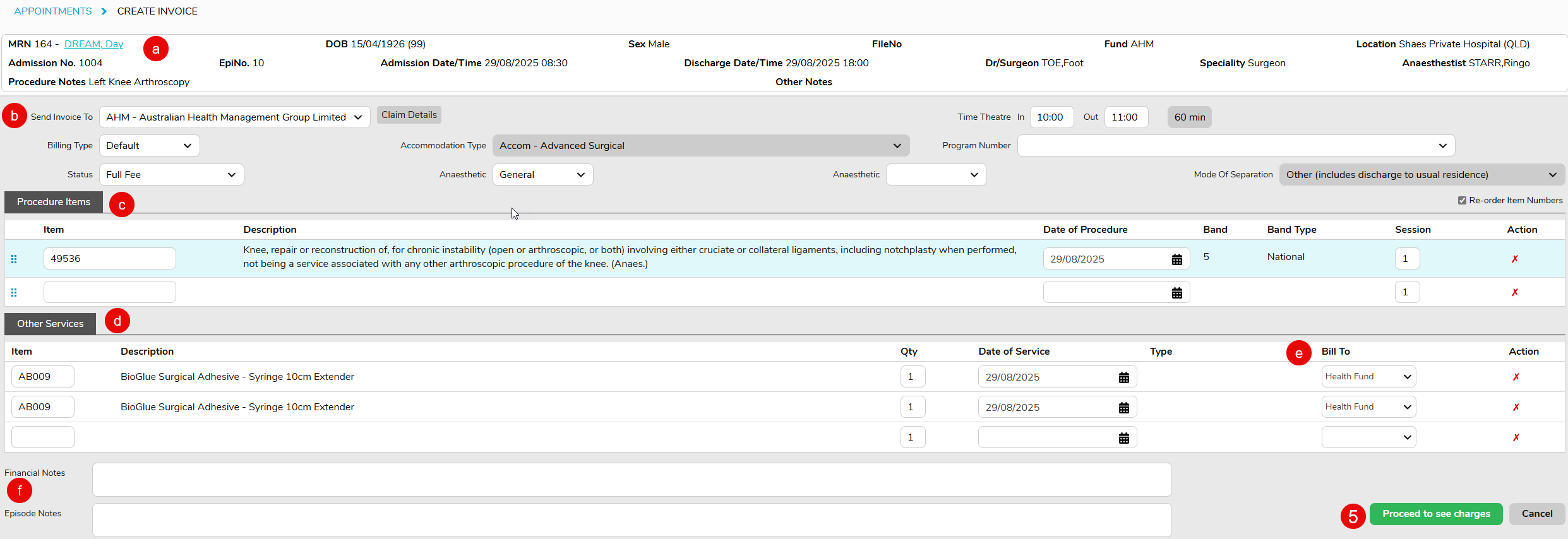Combine Invoice & HC21 in One PDF
Have you ever needed to produce a single PDF for a health fund that includes the Invoice, HC21 Left signed by the patient AND HC21 Right signed by the hospital representative?
Maybe you even need to add a Type C Certificate into the file!
FYDO has made this process easy, with a feature that does it all for you! Follow the steps below to learn how.
- Upload a completed HC21 Left document to the patients Documents (or any document that needs to be included. e.g. Type C or Acute Care Certificate)
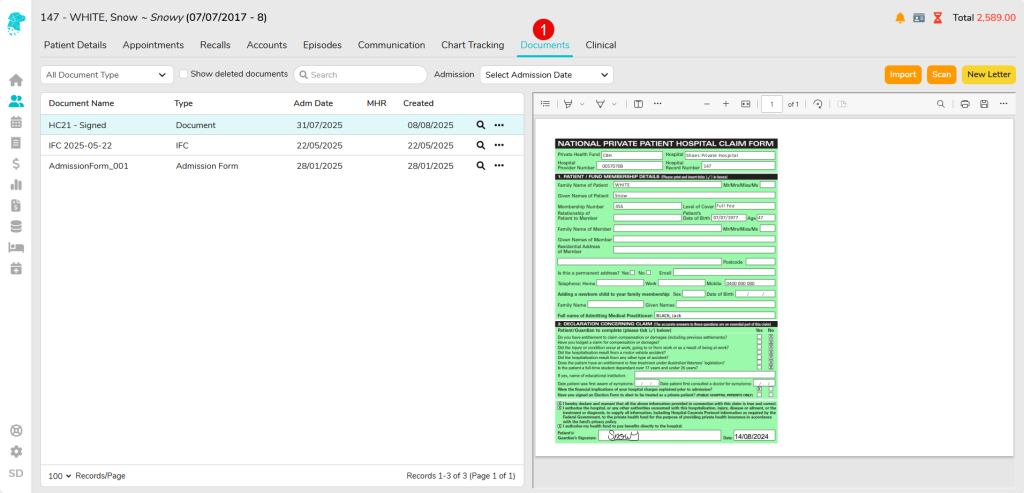
2. Navigate to Episodes
3. Ensure the correct Episode is selected
4. Ensure the correct Invoice is selected
5. Utilise the Invoice Options dropdown
6. Select Combined HC21 & Inv
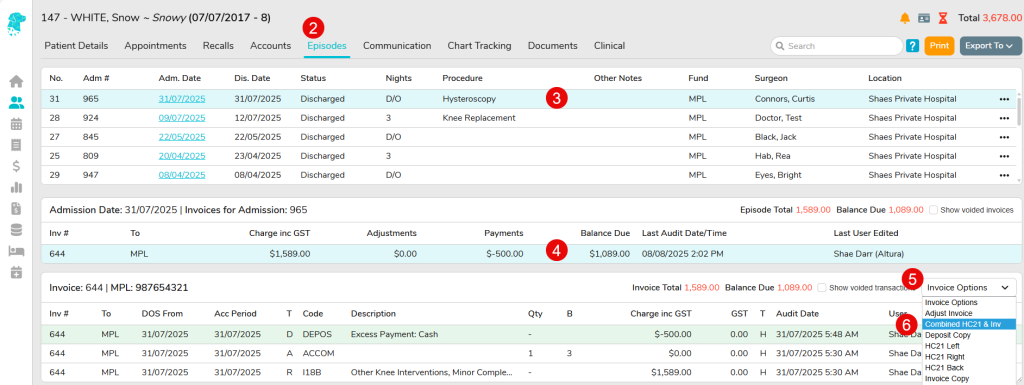
7. Select the HC21 Left document that you had previously loaded into the patients Documents in step 1. And any certificate that also need to be included in the single PDF file.
8. Click Print Invoice
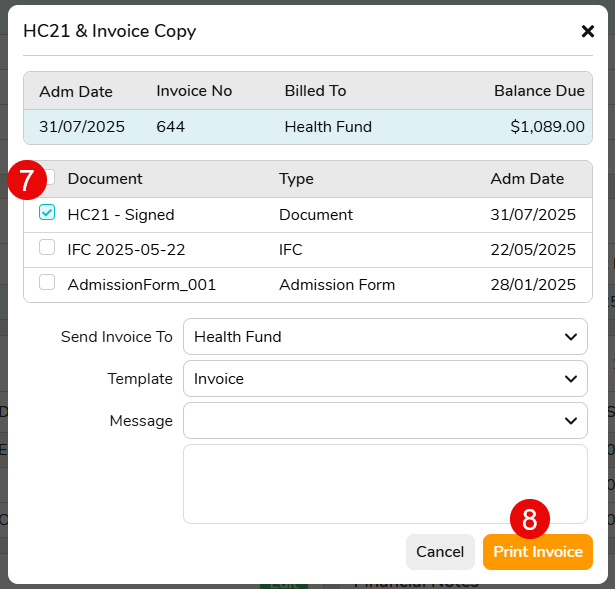
FYDO will produce a single PDF that includes:
– Invoice
– HC21 Right
– Documents that were selected
The HC21 Right will need to have the Authorising Hospital Officer’s Signature and Date added. Most PDF programs will allow this electronically.
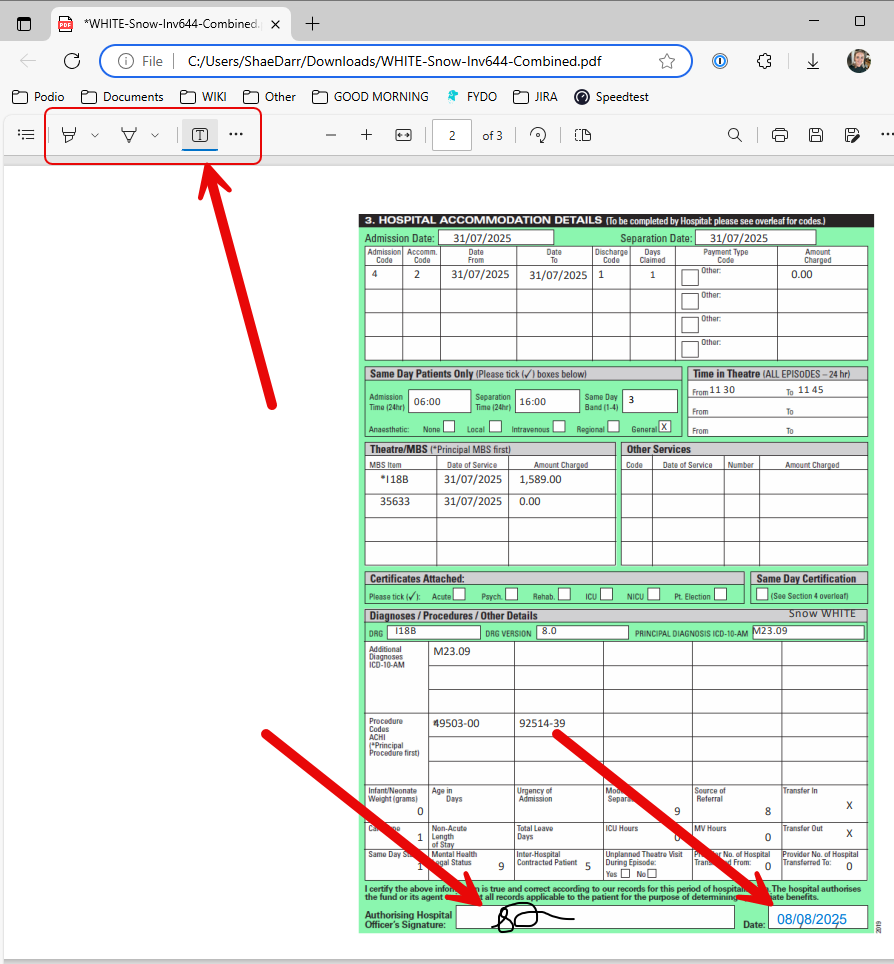
Save the document and submit to the health fund.
